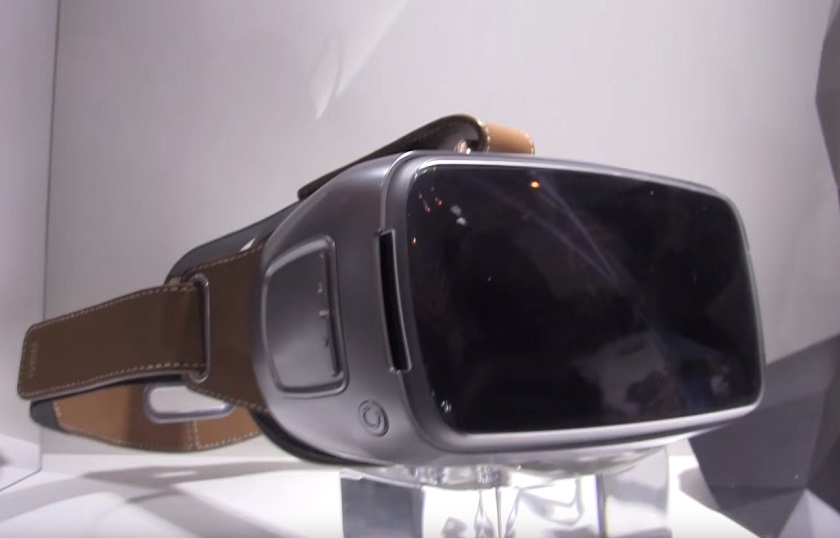- New Scientist has shown off a robotic finger smartphone attachment, called MobiLimb, in a recent video.
- The device connects to smartphones via USB, and we get to see how it works in a few scenarios.
- The finger can pull the smartphone across a table, gently stroke a person’s hand, and more.
Science and technology magazine New Scientist has shown-off a bizarre new smartphone gadget in a recently published video. The accessory, known as MobiLimb, was developed by a team from the University of Paris-Saclay in France, and it can behave somewhat like a human finger.
The MobiLimb employs several motors and sensors to replicate a finger’s movements and is seen attached to the bottom of a Nexus 5 in the short vid. It can wiggle when there’s a notification, and it can be used as an input to manipulate what’s happening on the display, and it can even massage a person’s hand while they use the phone.
As for the process behind it, the team said they wanted to overcome “mobile device limitations (static, passive, motionless) by using a robotic limb,” in the spirit of human augmentation,
What if your phone had a robotic finger? https://t.co/7KZgTCrmkc pic.twitter.com/typcF8zhGm
— New Scientist (@newscientist) October 4, 2018
It might look a bit silly, and I doubt you’ll find this in stores anytime soon, but the implications of the technology are interesting. You may not be keen to pretend your phone is a cat, but having a new input method could open some doors; I mean, companies already produce smartphone gamepads to improve the gaming experience.
What about rather than just touching your hand, a similar mechanism wrapped around your wrist whenever you used the phone? Broken displays are still a common occurrence despite improvements in display technology and protection, this could help reduce its prevalence.
This type of gadget could also help those with disabilities. Most of us can tap our touchscreens, see notification LEDs or hear ringtones or vibration, but what if robotic peripherals were designed specifically for physical assistance?
What’s more, millions of people already turn to their phones for comfort and there’s an opportunity for this technology to be further exploited — for better or for worse — to make our phones feel like they’re there for us even more.
We may not have seen much like this before, but I doubt it’s the last we see of robotic smartphone attachments. What do you think? Let me know in the comments.


0 coment�rios:
Post a Comment